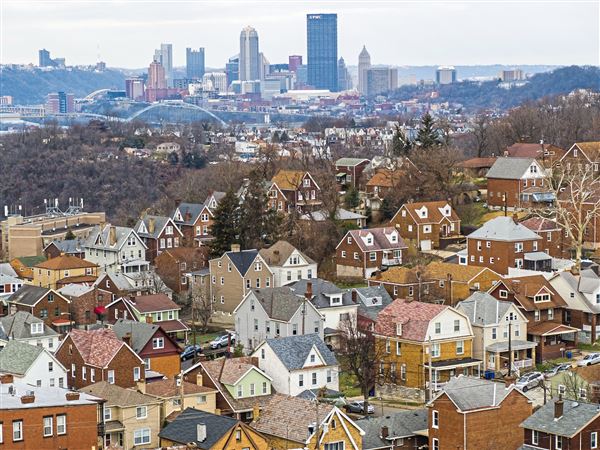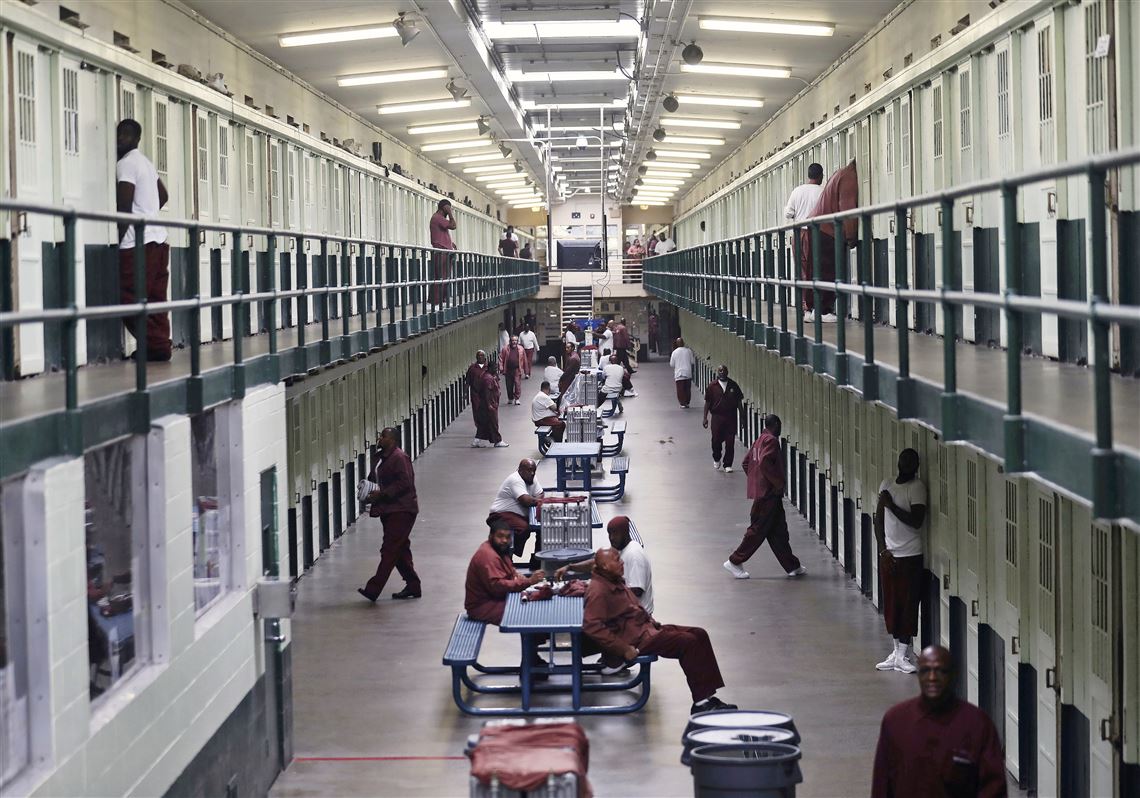Pittsburgh’s incarceration rate remains lower than other Pennsylvania cities, but certain neighborhoods fare much worse than others, a new study released Wednesday by the Prison Policy Initiative shows.
More than half of incarcerated Pittsburghers come from just 15 of the city’s 90 neighborhoods, according to the nonprofit think tank headquartered in Massachusetts. The report said it aimed to “identify which specific neighborhoods throughout Pennsylvania are specifically disadvantaged” to help the state “allocate needed resources.”
“The large number of adults drained from a relatively small number of geographical areas seriously impacts the health and stability of the families and communities left behind,” the report reads.
California-Kirkbride, a neighborhood on the North Side between Manchester and Perry South, had the highest incarceration rate in the city, with 1,664 people in prison per 100,000 residents, although its small population might skew results — it has only 721 residents, with 12 people incarcerated.
Larger neighborhoods like Beltzhoover, Larimer, Homewood West and North, as well as Marshall-Shadeland, all had incarceration rates over 1,000 per 100,000 people — more than three times the city average.
This compares to 13 city neighborhoods where the incarceration rate hovers at zero. Larger neighborhoods with low incarceration rates include the Strip District, Squirrel Hill North, Regent Square, and Central Oakland.
The report also highlighted the underlying factors that are associated with higher incarceration rates. Residents of these neighborhoods generally have shorter life expectancy, less access to high-quality education and grocery stores, and more exposure to pollution. Leah Jacobs, one of the authors of a landmark 2019 study on inequality in Pittsburgh, described what some neighborhoods are facing as a “constellation of inequities.”
“In Pittsburgh's case, the demolishing of the Lower Hill to make way for the Civic Arena displaced thousands of Black families,” Ron Idoko, the associate director of Center on Race and Social Problems at the University of Pittsburgh, said.
“In that era, we saw a massive white flight, which created a massive disinvestment in homes in the area, devaluing homes significantly and basically concentrating poverty,” Mr. Idoko said. “Public schools are funded by property taxes, and when the property is significantly devalued, that impacts the quality of the school, which impacts the quality of education, which impacts quality of life.
“These things are all connected.”
Pennsylvania recently stopped what activists call “prison gerrymandering,” the process of counting inmates as parts of districts where they are incarcerated — instead of residents at their addresses prior to incarceration. The 2020 census is the first to accurately pinpoint where incarcerated individuals live, making a slew of new data available.
The previous method of counting inmates usually benefited rural areas with large prisons. For example, before the commonwealth implemented these reforms, approximately 3% of residents in Centre and Clearfield counties were inmates of local prisons, according to the Prison Policy Initiative.
Rebecca Spiess: rspiess@post-gazette.com or @RebeccaSpiessL
First Published: September 28, 2022, 4:15 a.m.
















